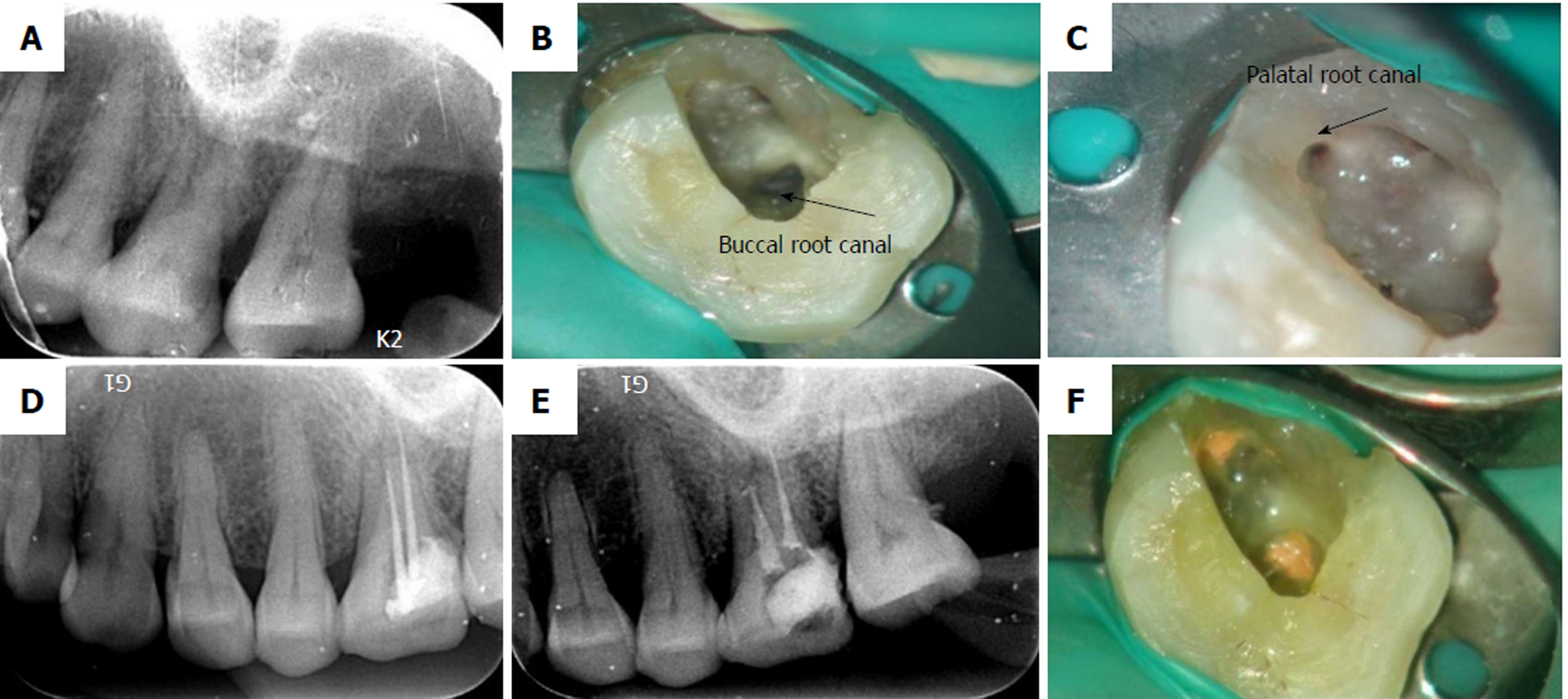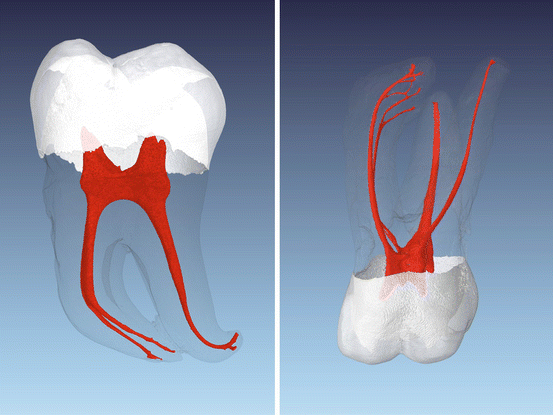When do primary teeth erupt (come in) and fall out?
Parts of the tooth structure are reported as either the D7140 or the D7210 procedure as noted in Q&A 1. 3) I was not able to complete the extraction of an an erupted tooth as the crown separated from its roots, and my attempts to remove them were unsuccessful. How should I document this incomplete extraction? Most of us will develop a third molar tooth in each quadrant of our mouths, upper left, upper right, lower left lower right. The molars are the large grinding teeth in back. The last molars in the line are called 3rd molars or more popularly wisdom teeth. These teeth usually erupt, break through the gum tissue after the age of 17.

3 Roots Molar Definition
This chart shows when primary teeth (also called baby teeth or deciduous teeth) erupt (come in) and fall out. Remember that eruption times can vary from child to child, and this is a general guide.
| Upper Teeth | When tooth emerges | When tooth falls out |
|---|---|---|
| Central incisor | 8 to 12 months | 6 to 7 years |
| Lateral incisor | 9 to 13 months | 7 to 8 years |
| Canine (cuspid) | 16 to 22 months | 10 to 12 years |
| First molar | 13 to 19 months | 9 to 11 years |
| Second molar | 25 to 33 months | 10 to 12 years |
| Lower Teeth | When tooth emerges | When tooth falls out |
| Second molar | 23 to 31 months | 10 to 12 years |
| First molar | 14 to 18 months | 9 to 11 years |
| Canine (cuspid) | 17 to 23 months | 9 to 12 years |
| Lateral incisor | 10 to 16 months | 7 to 8 years |
| Central incisor | 6 to 10 months | 6 to 7 years |
You can see from the chart, the first teeth begin to break through the gums at about 6 months of age. Usually, the first two teeth to erupt are the two bottom central incisors (the two bottom front teeth).
Next, the top four front teeth emerge.
After that, other teeth slowly begin to fill in, usually in pairs -- one each side of the upper or lower jaw -- until all 20 teeth (10 in the upper jaw and 10 in the lower jaw) have come in by the time the child is 2 ½ to 3 years old.
3 Roots In Molar
The complete set of primary teeth is in the mouth from the age of 2 ½ to 3 years of age to 6 to 7 years of age.
Other primary tooth eruption facts:
- A general rule of thumb is that for every 6 months of life, approximately 4 teeth will erupt.
- Girls generally precede boys in tooth eruption.
- Lower teeth usually erupt before upper teeth.
- Teeth in both jaws usually erupt in pairs -- one on the right and one on the left.
- Primary teeth are smaller in size and whiter in color than the permanent teeth that will follow.
- By the time a child is 2 to 3 years of age, all primary teeth should have erupted.


Shortly after age 4, the jaw and facial bones of the child begin to grow, creating spaces between the primary teeth. This is a perfectly natural growth process that provides the necessary space for the larger permanent teeth to emerge. Between the ages of 6 and 12, a mixture of both primary teeth and permanent teeth reside in the mouth.
If baby teeth fall out after a couple of years, why is caring for them important?
While it’s true that primary teeth are only in the mouth a short period of time, they play a vital role in the following ways:

- They reserve space for their permanent counterparts.
- They give the face its normal appearance.
- They aid in the development of clear speech.
- They help attain good nutrition (missing or decayed teeth make it difficult to chew causing children to reject foods).
- They help give a healthy start to the permanent teeth (decay and infection in baby teeth can cause dark spots on the permanent teeth developing beneath it).
Permanent teeth eruption chart
The following chart shows when permanent teeth emerge.
| Upper Teeth | When tooth emerges |
|---|---|
| Central incisor | 7 to 8 years |
| Lateral incisor | 8 to 9 years |
| Canine (cuspid) | 11 to 12 years |
| First premolar (first bicuspid) | 10 to 11 years |
| Second premolar (second bicuspid) | 10 to 12 years |
| First molar | 6 to 7 years |
| Second molar | 12 to 13 years |
| Third molar (wisdom teeth) | 17 to 21 years |
| Lower Teeth | When tooth emerges |
| Third molar (wisdom tooth) | 17 to 21 years |
| Second molar | 11 to 13 years |
| First molar | 6 to 7 years |
| Second premolar (second bicuspid) | 11 to 12 years |
| First premolar (first bicuspid) | 10 to 12 years |
| Canine (cuspid) | 9 to 10 years |
| Lateral incisor | 7 to 8 years |
| Central incisor | 6 to 7 years |

In some children, the first permanent molars are the first to emerge; in others, the incisors are the first to emerge. By the age of 13, most of the 28 permanent teeth will be in place. One to four wisdom teeth, or third molars, emerge between the ages of 17 and 21, bringing the total number of permanent teeth up to 32.
